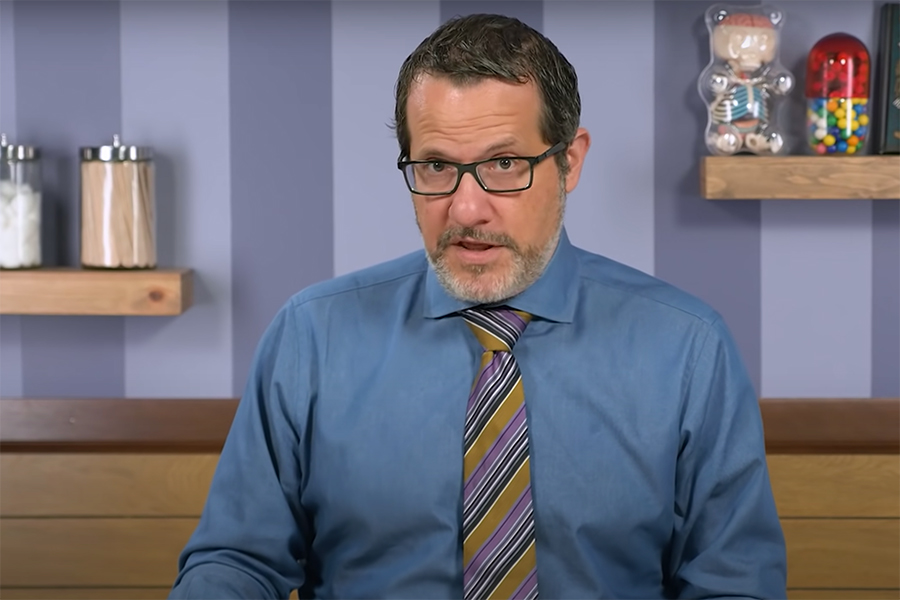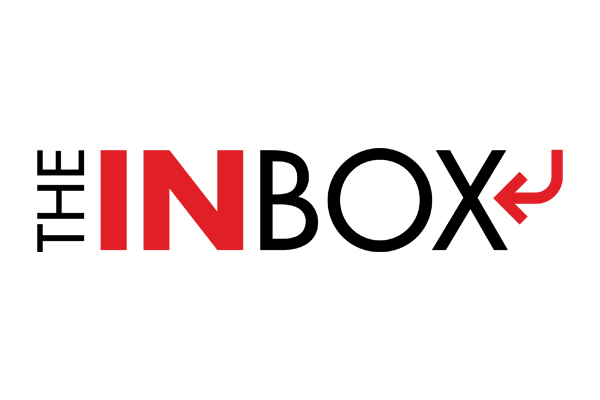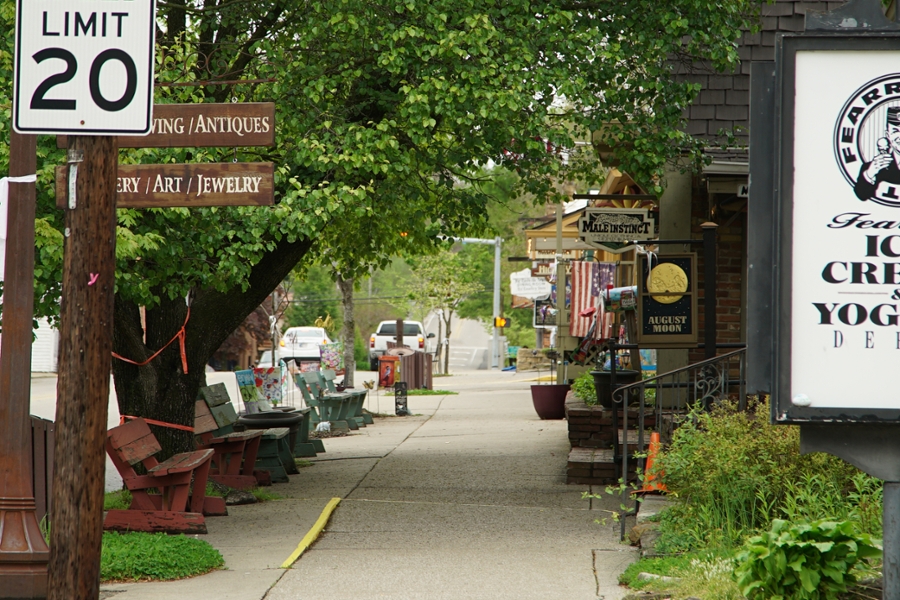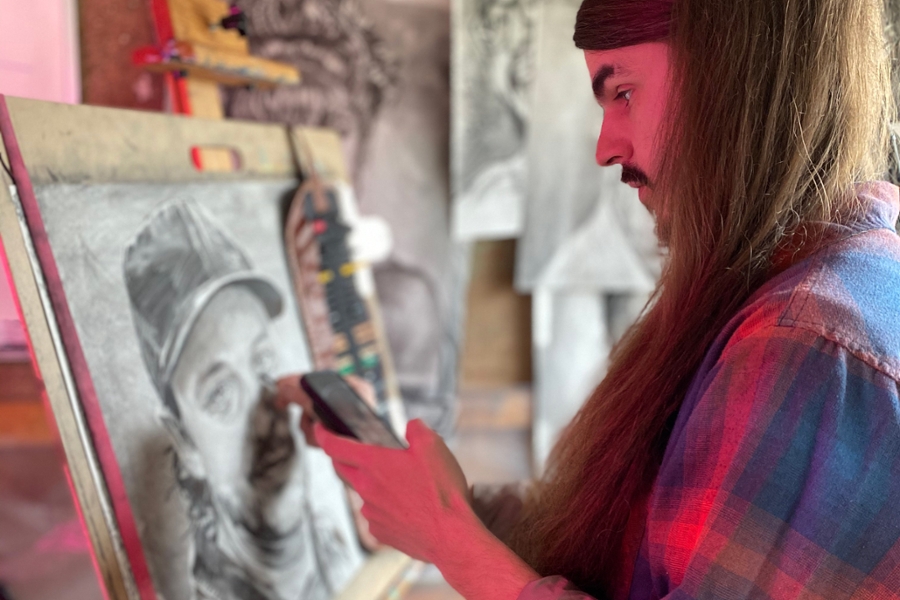Dr. Aaron Carroll, a pediatrician and a professor at the Indiana University School of Medicine, isn’t a panicker by nature. As a public figure in health research, he hopes he’s built up some cachet as the guy who usually tells people to calm down, to watch the research come out and take things slowly.
“There were many times when I was like, ‘take a breath, it’s OK,’” Carroll said. “And by the time we got to March, I was like, ‘this is not [OK].’”
With COVID-19 cases and deaths skyrocketing in a matter of weeks, it’s not difficult to see how quickly media coverage of the novel coronavirus shifted from distant problem to national crisis.
“I just assumed the government was acting. I thought the CDC was on this thing,” Carroll said with a laugh. “I’m naive, in retrospect. I thought there was more going on behind the scenes, we were ramping up testing. I was clearly wrong.”
For Carroll, who addresses over 350,000 subscribers each week on the YouTube channel Healthcare Triage, that shift in framing is noticeable over just a few videos.
“I’m public enough that you can see the timeline,” Carroll said. “It’s amazing how quickly things changed.”
Healthcare Triage usually uploads two videos a week, flipping between current news and more evergreen topics like nutrition, pharmaceuticals and the healthcare systems of the world.
But in just a few weeks, Healthcare Triage has shifted into full-time coronavirus coverage, posting news updates and extended Q&As with the audience.
Carroll hosts, produces and co-writes the channel, but those roles are just a few of the hats he wears. He is also a health services researcher, an author and a contributor to The New York Times’ The Upshot, among other gigs.
This week’s video adapts one of Carroll’s pieces for The Upshot and looks at several “goal posts” the United States can use to measure when they’ll know the country is safe enough to return to some sense of normalcy.
He said one of the most crucial tasks for the channel, which has been in production since 2013, is contextualizing new studies and information.
“Too often I think we focus on just one study as if it exists in a vacuum. Part of what I do is try to place it in context. You can’t take every shiny new object and pretend like it’s in a new world,” Carroll said.
For how much Carroll writes about the coronavirus, a lot of research is involved. He said he typically reads the titles and abstracts for most studies published on the pandemic, around 100 a day. And for Healthcare Triage episodes, he collaborates with his co-writer, neuroscientist Dr. Tiffany Doherty.
While Healthcare Triage reaches a sizeable audience, not all YouTube channels are created equal. The video-sharing site has a sordid history of circulating misinformation and conspiracy theories; earlier this month, YouTube said it removed thousands of videos that violated its policies on medical misinformation.
Carroll said the channel is fortunate that it’s financially stable enough to not have to resort to clickbait or humoring dangerous conspiracy theories just to please YouTube’s algorithm.
Healthcare Triage is produced by Complexly, a production company partially based in Indianapolis and run by YouTube juggernauts John and Hank Green. Others produced by Complexly include the education-focused channels Crash Course, SciShow and The Art Assignment.
Carroll said the support of the studio awards them professional-grade sets, equipment and graphics, which work wonders in separating them from other channels vying for attention.
Unfortunately, YouTube isn’t the only outlet where misinformation is thriving in the coronavirus pandemic. But whether those falsehoods are coming from celebrity doctors on cable news or world leaders in press conferences, Carroll’s advice is simple: Check the source.
“If you’re going to Dr. Oz and Dr. Phil for coronavirus information...you could do better,” Carroll said. “I’m not saying, ‘believe me because I say this,’ I’m almost always citing data and research and studies.”
He also advised that at a time when cable news pundits are willing to leave statements unchallenged, people should ignore the noise and look to those citing experts and doing comprehensive research. Among those sources Carroll recommended were The Atlantic’s Ed Young, Helen Branswell and Sharon Begley of STAT News and Kaiser Health News.
Carroll added that one of the biggest contributions people can make during the pandemic is to be patient.
“Everyone wants to know when we’re coming out of it,” Carroll said. But according to him, that’s not the right question. “We gotta stop asking ‘When?’ and we gotta say, ‘what are the criteria? What are the benchmarks? And are we near those benchmarks?’”
Arbitrarily choosing a date to “re-open” the country, Carroll said, won’t be as beneficial as some leaders are saying.
“It’s not going to have the economic boom that people think. Part of fixing the economy is getting a hold of this pandemic and making people feel safe again. That seems secondary to a lot of people right now,” he said.
For now, the best way everyday people can work through the pandemic is what Healthcare Triage has been saying for years: go to the research.




